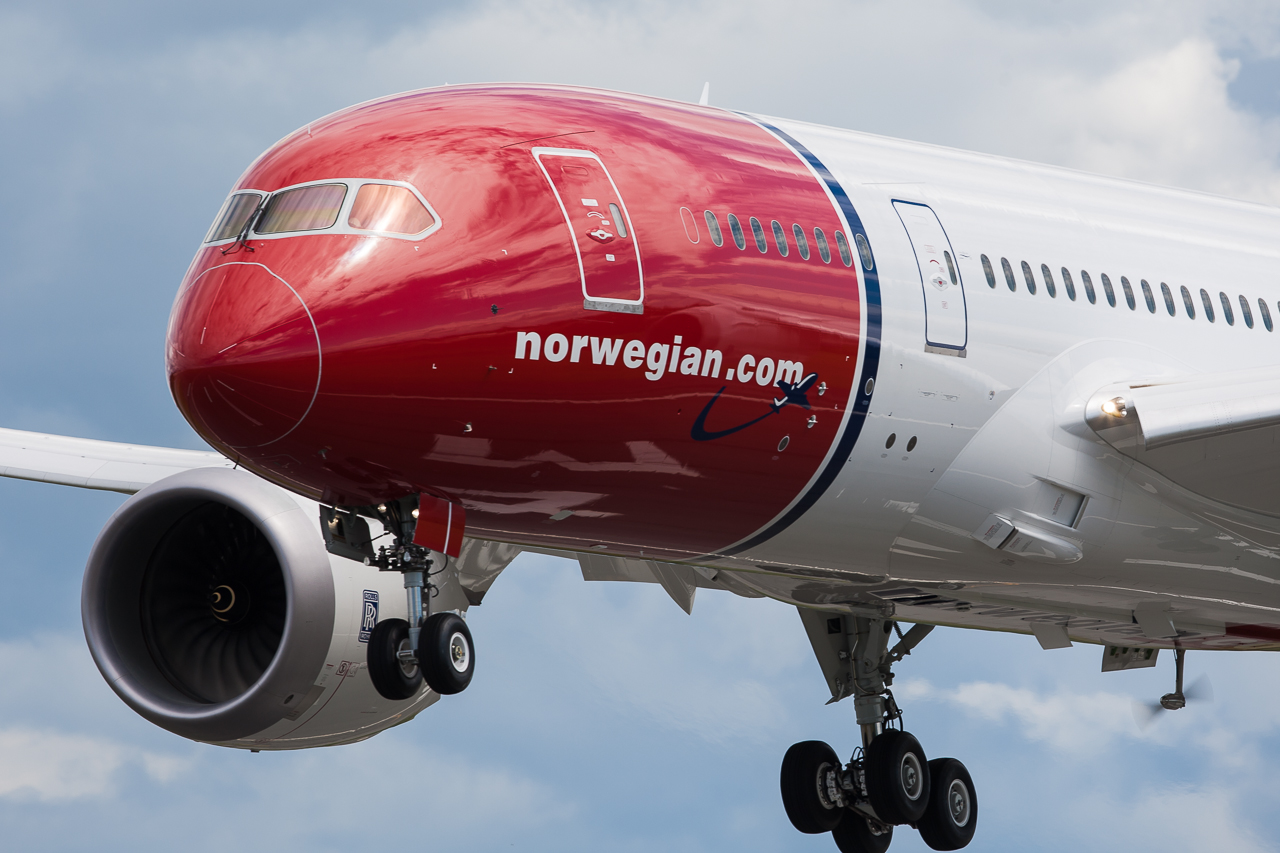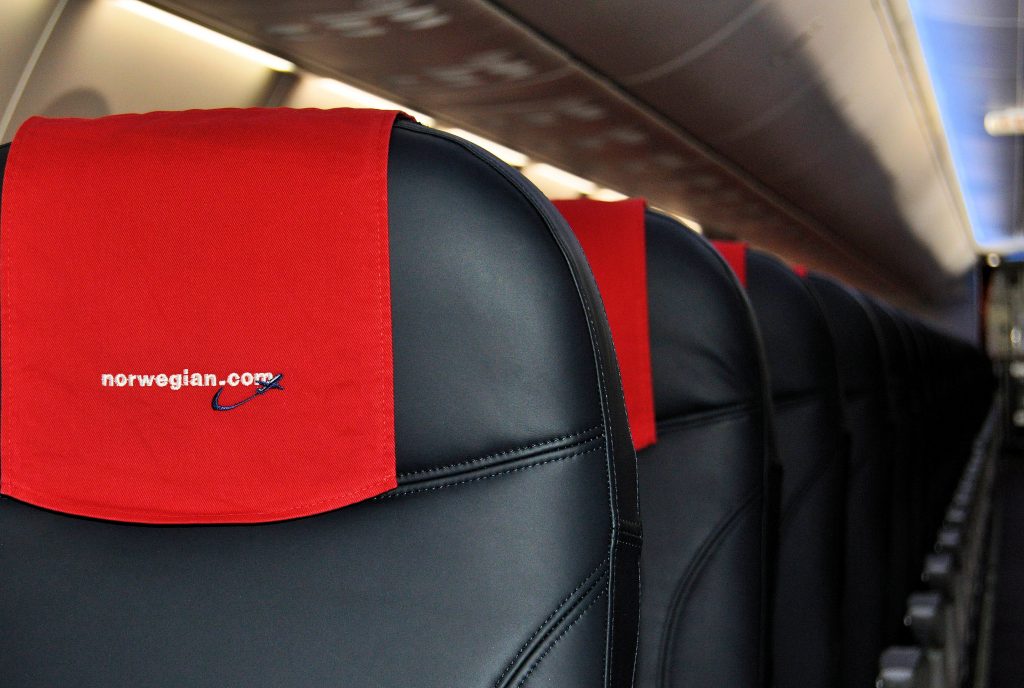
Earlier today, low-cost long-haul airline Norwegian announced it had made a loss of over $170 million in the first quarter of the year (January to March). While most European airlines typically don’t perform that well in Q1 when demand is at rock bottom after the busy Christmas holiday season, Norwegian also had to contend with the worldwide grounding of Boeing 737MAX aircraft in this period.
The Oslo-based airline currently has 18 of the 737MAX aircraft in its fleet, making it the worse affected European operator of the model. Norwegian is currently making plans for these aircraft to be grounded to the end of August – which will obviously include the peak Summer Holiday period.
As it stands, grounding the 737MAX could cost it upwards of $57,000 and knock it off course from breaking even by the end of the year. In 2018, Norwegian made a total loss of $169 million and has embarked on a very ambitious cost-cutting programme in an attempt to get back in the black.

But things could be about to get a whole lot worse – one of the reasons Norwegian lost so much money last year was because of problems with the Rolls-Royce engines that power its long-haul fleet of Boeing 787 Dreamliners. The airline was forced to ground planes for weeks at a time so that the Trent 1000 engines could undergo inspection, repair and replacement.
During that time, Norwegian had to turn to wetlease operations to keep its flying schedule intact, although that obviously doesn’t come cheap.
In the last few weeks, new problems have been found with a type of Rolls-Royce engine used to power the Boeing 787-10 Dreamliner. Singapore Airlines first found the problem with the Trent 1000 TEN engines which were showing signs of premature blade deterioration but Rolls-Royce has issued a new safety directive for all Trent 1000 engines.
Norwegian now says it will be forced to ground four of its Gatwick-based 787’s at a time. Significant disruption is forecast and as a result, wetlease operators are being called in to cover the airline’s schedules up to the end of October.
- London Gatwick (LGW) – Orlando (MCO) will be operated by a Hi Fly Airbus A340 between 29th April and 26th October.
- London Gatwick (LGW) – Miami (MIA) will be operated by a Privilege Style Boeing 777 between 2nd April and 26th October.
- London Gatwick (LGW) – Denver (DEN) will be operated by a Wamos Air Airbus A330 between 30th April and 27th October.
- London Gatwick (LGW) – Chicago (ORD) will be operated by a Wamos Air Airbus A330 between 30th April and 27th October.
Obviously, Norwegian isn’t to blame for these problems – the carrier has been the victim of some very unfortunate circumstances and these new problems are the last thing the airline will want to be dealing with. In the last few months, Norwegian had to raise additional capital from shareholders and has sold some aircraft in an attempt to bolster its balance sheet.
The airline is likely to win some significant compensation from both Boeing and Rolls-Royce for these new problems but in the short term, customers and staff will understandably be worried.
Up to now, Norwegian has done a good job to compete with legacy carriers on key transatlantic routes, pushing down prices and becoming the number 1 airline to serve New York City in the process. It’s also managed to outsurvive other low-cost long-haul operators like WOW Air and Primera but it faces stiff competition from big airline groups’ with deep wallets.
We’ve reached out to Norwegian to find out what effect these changes might have on its London Gatwick operations – in the last few weeks, the carrier has faced industrial disputes in France and Spain.
Mateusz Maszczynski honed his skills as an international flight attendant at the most prominent airline in the Middle East and has been flying ever since... most recently for a well known European airline. Matt is passionate about the aviation industry and has become an expert in passenger experience and human-centric stories. Always keeping an ear close to the ground, Matt's industry insights, analysis and news coverage is frequently relied upon by some of the biggest names in journalism.







